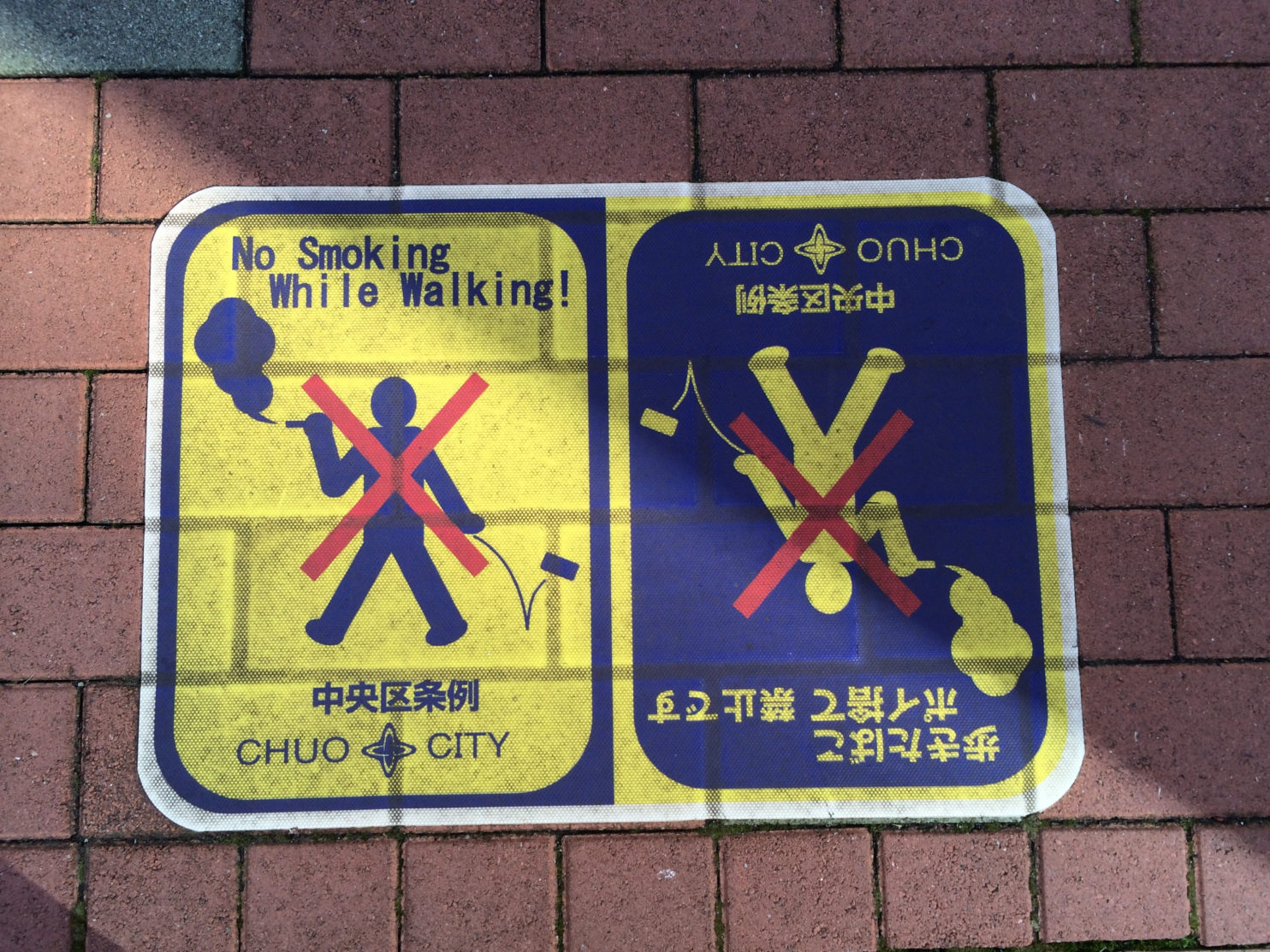This article, by Helena Haapio and Stefania Passera, was published on VoxPopulii, Cornell’s Legal Information Institute, May 15, 2013.
For decades, words have been lawyers’ tools of trade. Today, we should no longer let tradition force us to think inside the text-only box. Apart from words, there are other means available.
It is no longer enough (if it ever was) to offer more information or to enhance access alone: the real challenge is the understandability of the content. We might have access to information, but still be unable to decode it or realize its importance. It is already painfully clear that the general public does not understand legalese, and that communication is becoming more and more visual and rapid. There is a growing literature about style and typography for legal documents and contracts, yet the use of visual and non-textual elements has been so far omitted for the most part. Perhaps images do not seem “official”, “legal”, or trustworthy enough for all.
Last year, in Sean McGrath’s post on Digital Law, we were alerted to what lawyers need to learn from accountants. In this post, we present another profession as our role model, one with a considerably shorter history than that of accountants: information designers.
Focus on users and good communication
Lawyers are communication professionals, even though we do not tend to think about ourselves in these terms. Most of us give advice and produce content and documents to deliver a specific message. In many cases a document — such as a piece of legislation or a contract — in itself is not the goal; its successful implementation is. Implementation, in turn, means adoption and action, often a change of behavior, on the part of the intended individuals and organizations.
Law school does not teach us how to enhance the effectiveness of our message. While many lawyers are known to be good communicators, most have had to learn the hard way. It is easy to forget that our colleagues, members of the legal community, are not the only users of our work. When it comes to other users of our content and documents, we can benefit from starting to think about 1) who these users are, 2) what they want or need to know, 3) what they want to achieve, 4) in which situation, and 5) how we can make our content and documents as clear, engaging and accessible as possible.
These questions are deeply rooted in the discipline of information design. The work of information designers is about organizing and displaying information in a way that maximizes its clarity and understandability. It focuses on the needs of the users and the context in which they need to find and apply information. When the content is complex, readers need to grasp both the big picture and the details and often switch between these two views. This is where visualization — here understood as adding graphs, icons, tables, charts and images to supplement text — enters the picture. Visualization can help in navigating text, opening up its meaning and reinforcing its message, even in the field of law. And information design is not about visualization only: it is also about many other useful things such as language, readability, typography, layout, color coding, and white space.
Read the rest on VoxPopulii, Cornell’s Legal Information Institute

